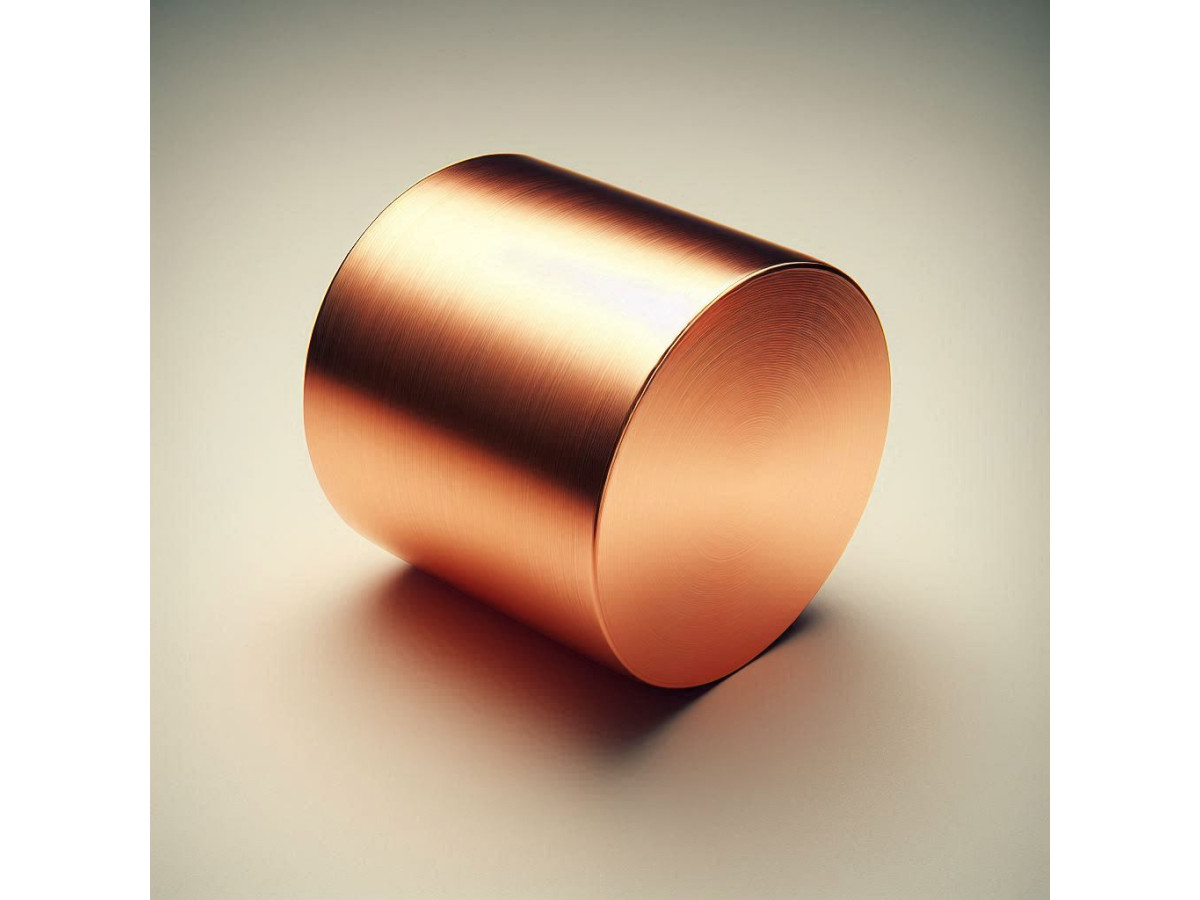Bronze circles are not just metal products, but a real find for many areas of modern technology and art. Bronze discs combine beauty and functionality. Due to its strength and resistance to rust, bronze rolled products have been used from ancient times to the present day. In this article, we will learn about its history, key features and how it continues to find its place in the modern world of technology and design.
Main properties and characteristics
To obtain a special alloy, various alloying components are added to the copper base, each of which has a specific effect on the properties of the material:
- Tin - gives increased strength, wear resistance.
- Aluminum - increases hardness and corrosion resistance, especially in sea water.
- Silicon - increases the strength properties, hardness and wear resistance of the circle.
- Nickel - improves mechanical properties, increases heat resistance.
Bronze circles are among the most popular types of rolled metal in Ukraine, and here's why:
- Excellent strength.
- Good wear resistance.
- Decent resistance to corrosion processes.
- Sufficient plasticity.
- Optimal thermal conductivity.
Bronze alloy is more resistant to rust than other metals, especially in aggressive environments. Such raw materials have a low coefficient of friction, due to which the circles are often used to make bearings. Many alloys have a beautiful appearance, which opens up endless possibilities in the manufacture of decorative elements. The circle is easily processed by cutting, welding and other methods.
Production and processing
Since its appearance in the 3rd millennium BC, when bronze began to be used in Mesopotamia and Ancient Egypt, this circle has become a symbol of technical progress and artistic skill. In ancient times, bronze circles served as elements of wheels, weapons and decorative objects, their golden shine and strength attracted the attention of craftsmen. Today, copper is the main component of the alloy. Alloying elements are added to it in strictly defined proportions. Melting is carried out in special furnaces, where the metals are heated to a liquid state and thoroughly mixed. The molten mixture is poured into special molds to produce ingots. The shape and size depend on subsequent processing.
Ingots are subjected to hot or cold rolling to produce blanks of the required diameter. During forging, the products are subjected to mechanical action to give them the required shape. To obtain precise dimensions and a smooth surface, the blanks are subjected to drawing or pulling through holes of a smaller diameter.
Using a lathe, excess material is removed from the blank, giving it precise dimensions. Milling is used to process ends, grooves and other surfaces. Drilling is used to create holes in bronze circles. Grinding is required to obtain a smooth surface and high dimensional accuracy. Polishing gives the surface a shine and improves the appearance of the product. To improve mechanical characteristics and relieve internal stress, the circle undergoes heat treatment (annealing, hardening, tempering). At each stage of production, careful quality control is carried out to ensure that finished products meet technical requirements. Modern enterprises use automated quality control systems, which can significantly improve the accuracy and efficiency of the production process.
Applications
Circles help in the production of bearings, gears, bushings, couplings, pump and compressor parts. They are indispensable in the manufacture of ship propellers, shafts, bearings, and fittings. The circle is suitable for creating parts for pumps, valves, pipelines operating in aggressive environments.
Bronze rolled products are used to manufacture electrical contacts, springs, and electric motor parts. It is necessary in the production of precision instrument parts, clockwork, door handles, fittings, and decorative elements. The circle is also used in the production of equipment parts that come into contact with food products.
The prospects for using bronze alloy circles are very broad. Due to their unique properties, they can be used in additive technologies, which include 3D printing, in biomedicine in the production of tools and implants due to the biocompatibility of raw materials. The circle can be used to produce parts for wind turbines and solar panels.

